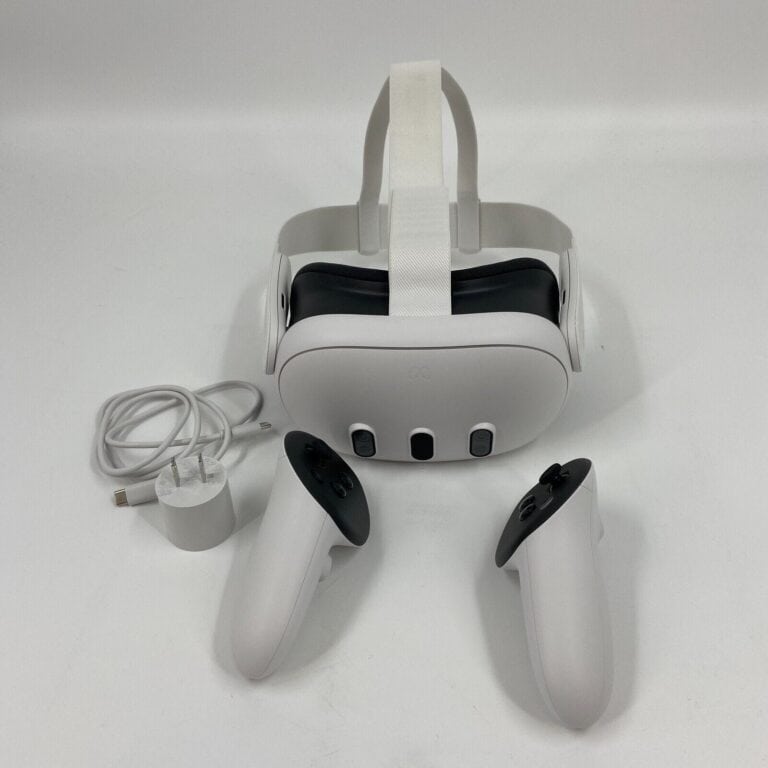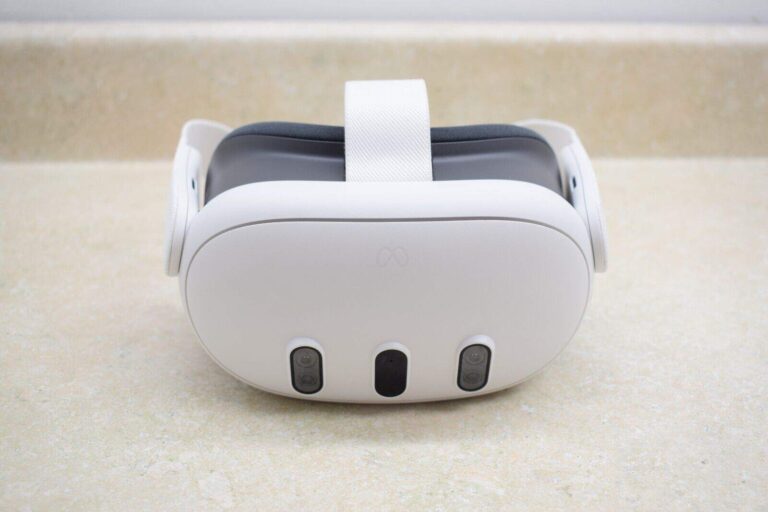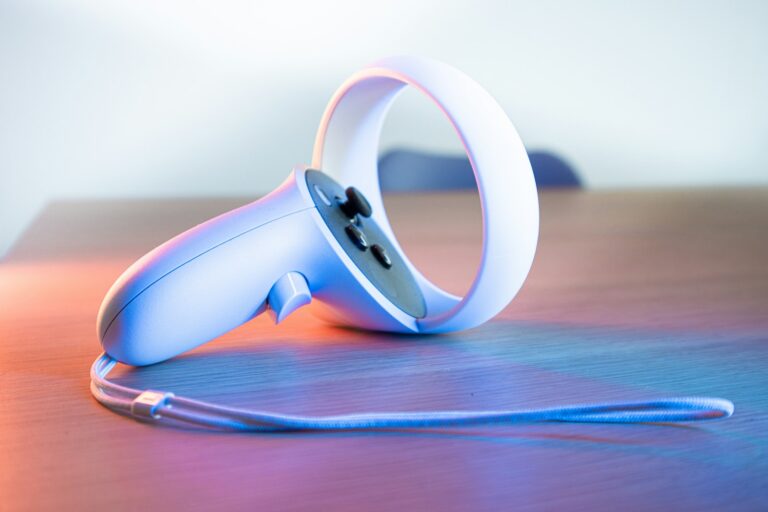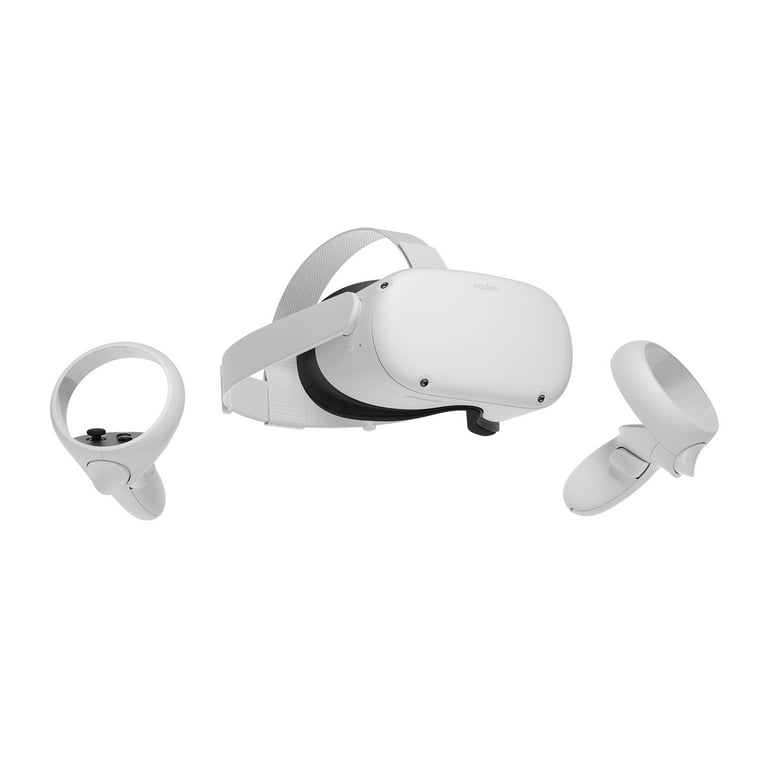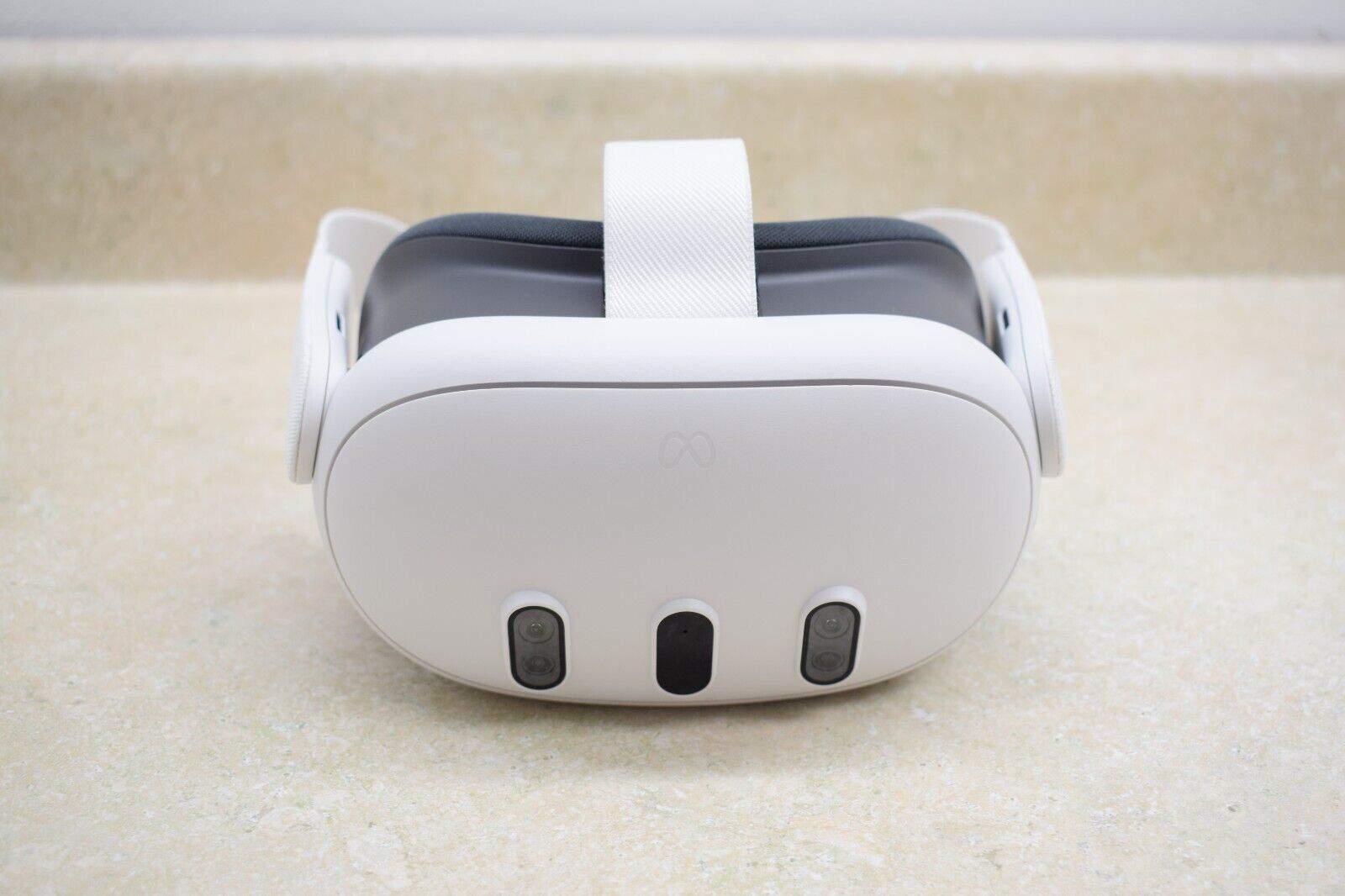
Virtual reality gaming is more fun than ever now with so many great options and so much investment coming into the space (especially by companies like Meta and Apple). There are several unique VR headsets that work on their own, without extra equipment. These headsets let players move around and play high-quality games.
The Meta Quest 3 is a top choice because it’s wireless, can track hand movements, and has better processing power for smoother gaming. When looking for the best standalone VR headsets, focus on the screen quality, how often the image is refreshed, and how comfortable it is. A great screen with sharp pictures and smooth gameplay is important in virtual worlds. Comfort matters too, especially for long gaming sessions, so look for headsets that fit well and can be adjusted. People also like headsets that can connect to computers, giving access to more games and stronger titles.
Top Standalone VR Headsets for Immersive Gaming
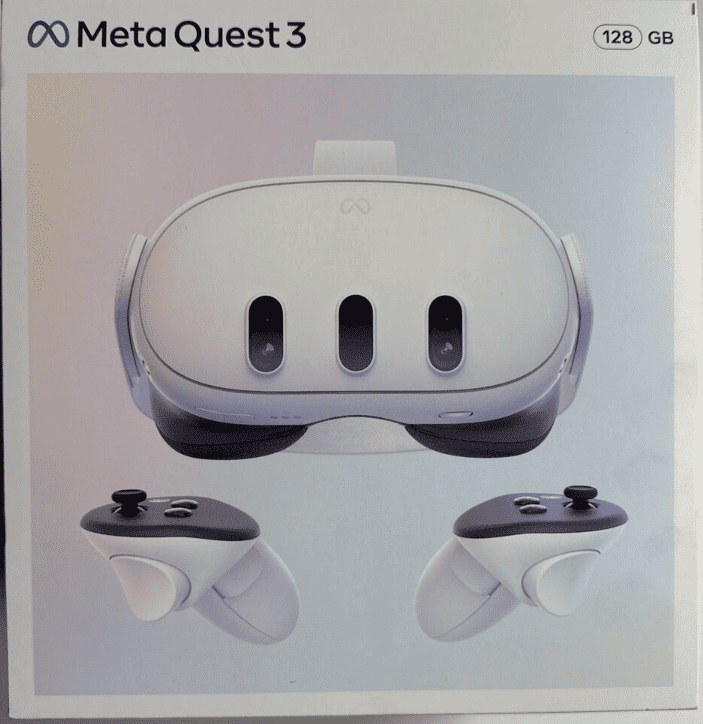
Leading the Pack
| Headset | Pros | Cons | Price (USD) |
|---|---|---|---|
| Meta Quest 3 | Standalone, wireless freedom. Sharp, high-res display. Mixed reality with color passthrough. Vast content library. | Less battery life compared to Quest 2. Straps could be more comfortable. | $499.99 |
| Meta Quest 2 | Affordable option. Extensive game library. Comfortable design. | Lower resolution than newer models. Requires Facebook account. | $299.99 |
| Pico 4 | Slim design, sharp 4K+ resolution per eye. Balanced weight distribution. | Smaller content library than Meta. Limited hand tracking accuracy. | $399.00 |
Other Notable Options
- HTC Vive XR Elite: Premium standalone VR headset with face and eye tracking. Ideal for mixed reality experiences. High price point.
- Lynx R-1: Mixed reality headset with open-source platform. Appeals to developers and tech enthusiasts.
- Pimax Crystal: High-end PC VR headset with ultra-high resolution for the most immersive visuals. Requires a powerful PC.
Choosing the Right Headset for You
Consider these factors when deciding on a standalone VR headset:
- Budget: Prices vary significantly between models.
- Content Library: Some headsets have more games and apps than others.
- Comfort: Weight and strap design impact long-term wearability.
- Features: Mixed reality, hand tracking, and eye tracking are becoming increasingly common.
- Ease of Use: Some headsets are more intuitive to set up and use than others.
Research and compare different models to find the best fit for your gaming needs and preferences.
What is the new Meta VR headset coming out?
Meta recently announced the Meta Quest 3S, an updated version of the popular Meta Quest 3 VR headset. It was unveiled at Meta Connect on September 27, 2024, and is set to launch soon.
The Quest 3S boasts the same core features as the Quest 3, including mixed reality capabilities and high performance, but comes at a lower price point. Starting at $299.99, it’s designed to be a more accessible entry point for those new to VR or looking to upgrade from older models like the Quest 2.
Here’s a quick rundown of the key features:
- Improved visuals: Higher resolution displays for sharper images.
- Powerful performance: Powered by the Snapdragon XR2 Gen 2 chip.
- Mixed reality experiences: Combines virtual elements with your real-world surroundings.
- Comfortable design: Lightweight and comfortable to wear for extended periods.
- Affordable price: Starting at $299.99, making it more accessible to a wider audience.
If you’re interested in diving into virtual reality or upgrading your current setup, the Meta Quest 3S is definitely worth considering!
Key Takeaways
- Standalone VR headsets should provide a balance of high-quality gaming and user freedom.
- Top contenders like the Meta Quest 3 enhance the gaming experience with better visuals and ergonomics.
- Key features to evaluate include display resolution, refresh rates, comfort, and PC connectivity.
Overview of Top Standalone VR Headsets in 2025
The current virtual reality landscape is being defined by impressive standalone VR headsets that offer immersive gaming experiences without the need for external hardware. These devices represent the cutting edge of VR technology.
Evolving Standards in VR Gaming
Standalone VR headsets in 2024 incorporate enhanced visual fidelity, user comfort, and advanced interaction models. The Meta Quest 3 and HTC Vive XR Elite are setting industry standards with their resolution and refresh rates, surpassing previous iterations like the Meta Quest 2. Convenience in gaming is being improved through features such as wireless connectivity, longer battery life, and lighter headset designs, proving that VR gaming can be both immersive and user-friendly.
Cutting-Edge Technology for the Ultimate Experience
The technology behind these standalone devices is more sophisticated than ever. The Meta Quest Pro and Apple Vision Pro are examples of headsets offering VR/AR hybrid experiences, expanding the possibilities for gameplay beyond the virtual into augmented reality. Meanwhile, devices like the PlayStation VR2 amplify gaming sessions through haptics and adaptive triggers, enhancing player immersion. Each headset’s internal hardware demonstrates a significant leap from the days of tethered VR, making high-quality virtual gaming accessible and portable.
Critical Features for Gaming Performance and Comfort
When selecting a standalone VR headset for gaming, performance and comfort are key. Crisp visuals, ergonomic design, and responsive controls shape an immersive experience.
Visual Fidelity: Resolution and Display Tech
High resolution and advanced display technology are paramount for a compelling standalone VR experience. The Meta Quest 3 sports an OLED display, providing vibrant colors and deep blacks. It supports a 90Hz refresh rate, ensuring smooth motion essential for fast-paced gaming. With more pixels per eye, image clarity is greatly enhanced, reducing the strain on the eyes during longer sessions.
Design and Comfort: Wearability Factors
The design of the headsets prioritizes comfort for longer gaming stints. Features to consider include adjustable straps, balanced weight distribution, and breathable materials. The Snapdragon XR2 Gen 2 processor not only enhances performance but also optimizes the headset’s design by allowing for a lighter build, which can reduce fatigue over time.
Algorithm Accuracy: Tracking and Controls
Precise hand-tracking and responsive controllers are necessary for an intuitive gaming experience. The incorporation of Eye-tracking technology allows for more accurate control and interaction within the game environment. Additionally, Haptic feedback in controllers intensifies the realism of the game by providing tangible vibrations during gameplay. The performance of these features is largely dependent on the underlying algorithms powered by chips like the Snapdragon XR2 Gen 2, which process spatial data with minimal latency.
Frequently Asked Questions
With advancements in technology, standalone VR headsets have become both powerful and versatile. These headsets are offering experiences that rival their PC-tethered counterparts. Here are some specifics.
What are the top-rated standalone VR headsets for gamers?
For those who game rigorously, the Meta Quest 3 and the HTC Vive Focus 3 are currently leading the market. Their high-resolution displays and extensive game libraries set them apart.
Which upcoming standalone VR headsets in 2025 are gamers most excited about?
Excitement is building for the rumored Apple Vision Pro 2, which is anticipated to push the boundaries of immersive technology with its cutting-edge features, but at a much lower cost.
How do the best standalone VR headsets compare in terms of performance and features?
The top headsets, namely Meta Quest 3 and PSVR 2, exhibit robust performance with high-res displays and wide fields of view. Enhanced hand tracking and longer battery lives are common features they offer.
What are the most immersive standalone VR gaming experiences available?
The most immersive experiences come from headsets like the Meta Quest 3, offering vast libraries with titles that utilize 3D spatial audio and detailed haptic feedback for true-to-life gameplay.
Can the leading standalone VR headsets compete with PC-tethered systems in terms of graphics and game selection?
Standalone VR systems like HTC Vive Focus 3 now compete directly with tethered systems, boasting similar graphics quality and a growing selection of games, thanks to continuous updates and developer support.
What innovations have been introduced in the standalone VR gaming headsets Recently launched?
New innovations include improved hand tracking accuracy, eye-tracking sensors for more intuitive gameplay, and AI-driven personalization to enhance the overall gaming experience.



